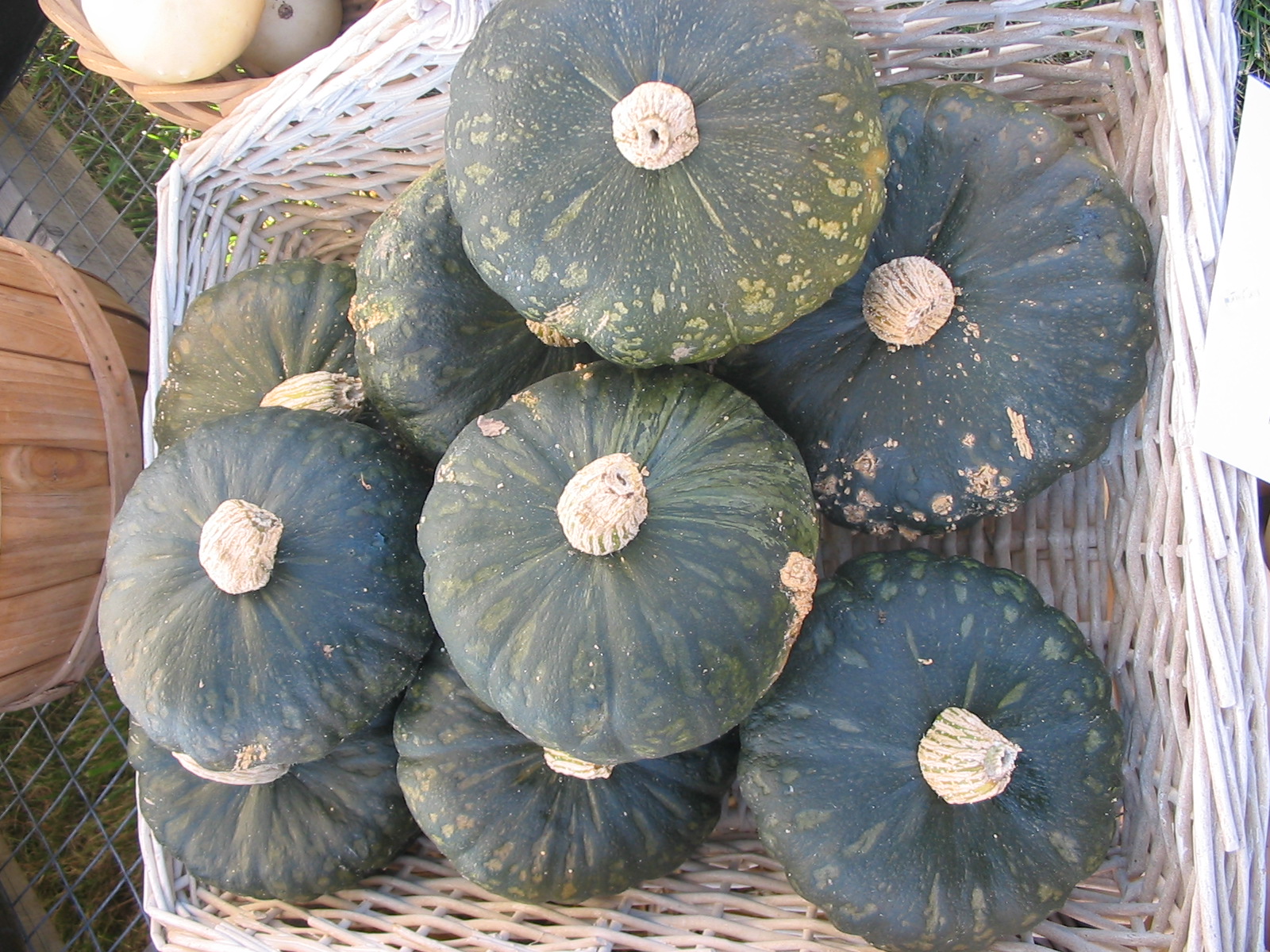Lazy Gardener
Super Self-Sufficient
Hi all. I found my way back to this forum. I'm gardening in the snow country of central Maine. 4+ acres, flock of chickens. 3 year old mini orchard. Embrace no till gardening. Working with deep permanent mulch or BTE in garden and orchard, sheet composting, small hugelkulture mound which produces 20# buttercup! DLM in chicken run and modified DLM in chicken coop. Birds eat fermented feed.
Are there any members from Maine?
Any of you folks playing with hydroponics? This is my latest venture, and I am just getting started with Kratky method. I'd love some input from any one else working with hydro or aquaponics.
Are there any members from Maine?
Any of you folks playing with hydroponics? This is my latest venture, and I am just getting started with Kratky method. I'd love some input from any one else working with hydro or aquaponics.

